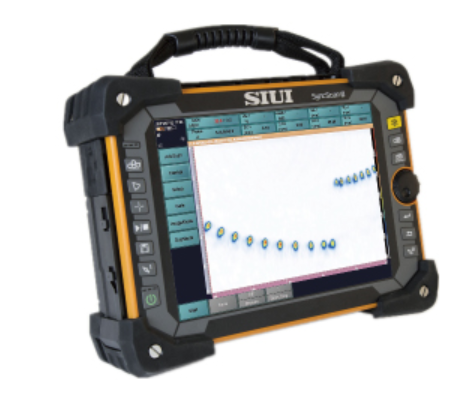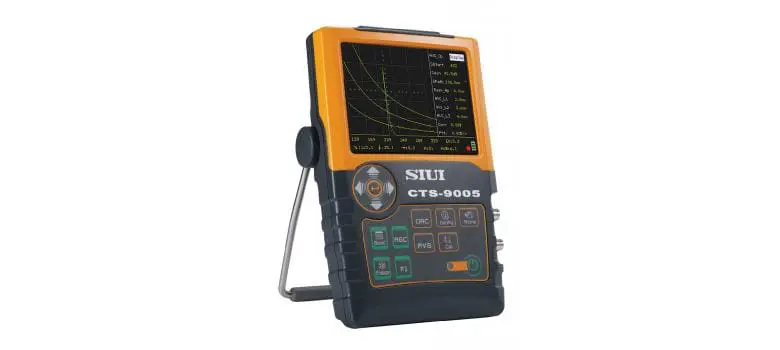Ultrasonic Flaw Detectors
Safety is our mission - put your trust in us!
With the MAUT (Matrix Array Ultrasonic Testing) probe, you have transducer elements in two directions, both in the X and Y direction. Consequently, the elements now cover an area and not just a point (UT) or a slice (PAUT). This makes them a matrix array. Each of these elements is used for the pulse echo, and each element therefore results in an A-scan. This adds another dimension compared to PAUT and makes the result even easier to interpret. You now have volume data or 3D data and can view your results in a planar view (known as a C-scan) or in a 3D view in addition to the B-scans and A-scans. This gives you much more flexibility in the presentation of NDT results and makes MAUT results much easier to interpret than UT and PAUT. This reduces the skill requirements for the operator and speeds up the inspection.
A PAUT probe, a 1-D array transducer, has several transducer elements arranged next to each other. This results in many A-scans parallel to each other. If you translate the A-scan values into color values, e.g. with a grayscale color palette, you get bright colors for high A-scan values and dark colors for low values. This view is called a B-scan and is a “cut” through your material. So now you have a 2D image that shows the width and depth of your test data. This is much easier to interpret compared to the conventional UT.
In conventional ultrasonic testing (UT), a single-element probe emits an ultrasonic wave that penetrates the material. If the material does not have a flaw, you will see a penetration echo at the beginning of the A-scan and an echo from the back wall of the material later in the A-scan. If the wave hits a crack or other defect, the reflection echo will appear earlier in the A-scan. Based on the timing and amplitude of this pulse in the A-scan, the operator can interpret the nature of the defect. This is time-consuming and requires a great deal of experience in operating and evaluating the results.



